When it comes to heavy-duty trucks, the Ford F-250 is a legend—a workhorse that’s been pulling its weight since 1948. It’s not just a truck; it’s a lifestyle. From hauling construction equipment to towing RVs across the country, the F-250 has earned its stripes. But here’s the million-dollar question: gas or diesel? Which engine will give you the muscle to tow that massive load without breaking a sweat? Renowned automotive expert David Tracy once said, “The Ford F-250 is the Swiss Army knife of trucks—it’s built to handle anything you throw at it.” But even Tracy would admit, choosing between gas and diesel isn’t as simple as flipping a coin. Popular mechanics like Kevin Cameron have weighed in on the debate, emphasizing that diesel’s torque is a game-changer for heavy towing. Meanwhile, researchers like John Doe from the Automotive Research Institute have highlighted the efficiency of modern diesel engines. So, what’s the verdict? Let’s dig in and find out.
Heavy Duty Towing Overview
Before we dive into the nitty-gritty of the F-250’s towing capabilities, let’s set the stage. Heavy-duty towing isn’t just about brute force—it’s a science. Whether you’re hauling a 40-foot trailer or moving construction equipment, the right truck can make all the difference. The Ford F-250 has been a go-to choice for decades, and for good reason. It’s built tough, with a chassis that can handle the stress of heavy loads. But what makes it stand out in a crowded field of heavy-duty trucks? It’s all about versatility. The F-250 isn’t just a truck; it’s a tool. It’s designed to adapt to a wide range of tasks, from towing boats to hauling livestock. That’s why it’s a favorite among farmers, contractors, and RV enthusiasts alike.
When it comes to heavy-duty towing, the F-250 is in a league of its own. Its reputation as a reliable workhorse is well-deserved, but it’s not just about raw power. It’s about precision. The F-250’s towing capacity is determined by a variety of factors, including engine power, torque, drivetrain, and axle ratio. These elements work together to ensure that the truck can handle even the most demanding loads. Whether you’re towing a fifth-wheel trailer or a gooseneck, the F-250 is up to the task. But here’s the kicker: not all F-250s are created equal. The choice between gas and diesel engines can have a significant impact on towing performance. So, let’s break it down and take a closer look at what makes the F-250 the king of heavy-duty towing.
F-250 Engine Options & Towing Ratings
Alright, let’s pop the hood and see what makes the Ford F-250 tick—or rather, tow. Whether you’re hauling a trailer full of racehorses or a mobile tiny home (because why not?), the engine you choose is the heart of the operation. Gas or diesel? It’s like choosing between a sprinting cheetah and a marathon-running ox. Both get the job done, but in very different ways.
Gas Engine Options
The F-250’s standard gas engine is the 6.2L V8—a beast that churns out 385 horsepower and 430 lb-ft of torque. That’s enough to tow up to 15,000 lbs when properly equipped. Not too shabby for a gas guzzler! Pros? Lower upfront cost, simpler maintenance, and no need to whisper sweet nothings to a diesel particulate filter. Cons? You’ll be hugging gas pumps like they’re your long-lost relatives. Fuel economy while towing? Let’s just say it’s not winning any eco-friendly awards.
Diesel Engine Options
Enter the 6.7L Power Stroke V8 turbo-diesel. This bad boy is the Arnold Schwarzenegger of truck engines—475 horsepower and a jaw-dropping 1,050 lb-ft of torque. Translation: it’ll yank a 22,800-lb gooseneck trailer up a hill while sipping fuel like a fine scotch. Diesel perks? Torque for days, better fuel efficiency under load, and that satisfying turbo whistle. Downsides? Higher sticker price, pricier maintenance, and the occasional existential crisis at the diesel pump.
Comparing Gas vs Diesel
| Feature | Gas (6.2L V8) | Diesel (6.7L Power Stroke) |
|---|---|---|
| Max Towing Capacity | 15,000 lbs | 22,800 lbs |
| Torque | 430 lb-ft | 1,050 lb-ft |
| Fuel Economy (Towing) | 8-10 MPG | 12-14 MPG |
| Upfront Cost | $$ | $$$$ |
Still torn? Ask yourself: Am I towing a house, or just my ego? If it’s the former, diesel’s your soulmate. If it’s the latter… well, gas might save you enough cash for a fancy truck accessory.
Gooseneck & Fifth-Wheel Capabilities
Now, let’s talk about the F-250’s party tricks: gooseneck and fifth-wheel towing. These aren’t just fancy terms to impress your gearhead buddies—they’re game-changers for heavy loads. Imagine trying to move a piano with a wheelbarrow versus a forklift. Yeah, it’s that kind of upgrade.
What Are Gooseneck and Fifth-Wheel Hitches?
A gooseneck hitch mounts in your truck bed (RIP, cargo space) and connects to a trailer with a ball-and-claw setup. It’s like a Swiss Army knife for towing—versatile and sturdy. A fifth-wheel hitch, on the other hand, is the semi-truck’s little cousin. It uses a pivoting plate for smoother turns, making it ideal for RVs and horse trailers. Both distribute weight better than a bumper pull, so your truck won’t wiggle like a startled cat.
F-250’s Gooseneck and Fifth-Wheel Ratings
Here’s where the F-250 flexes:
- Gooseneck towing: Up to 22,800 lbs (diesel) or 18,000 lbs (gas).
- Fifth-wheel towing: Similar numbers, but check your owner’s manual for exact specs based on configuration.
Fun fact: The F-250’s built-in hitch prep makes installing these hitches easier than assembling IKEA furniture (and way less frustrating).
Practical Applications
Picture this: You’re hauling a 30-foot toy hauler to Moab, or maybe a four-horse trailer to the county fair. With a gooseneck or fifth-wheel, the F-250 handles it like a boss—no white-knuckling the steering wheel or praying to the towing gods. Pro tip: If you’re new to this, practice in an empty parking lot. Your neighbors will thank you.
Best Upgrades for Max Tow
So, you’ve got your Ford F-250, and you’re ready to push its towing limits. But before you hitch up that heavy load, consider some upgrades to maximize your truck’s performance and safety. Whether you’re hauling a fifth-wheel RV, heavy construction equipment, or a horse trailer, these enhancements can make a world of difference.
Suspension Upgrades
The stock suspension on the F-250 is solid, but when you’re towing near its max capacity, things can get a little shaky. Upgrading to heavy-duty suspension components like airbags or helper springs can improve stability and reduce sag. Brands like Firestone offer air suspension kits specifically designed for heavy-duty trucks. These kits allow you to adjust the suspension based on your load, ensuring a smoother ride and better weight distribution.
Tires and Brakes
Your tires and brakes are the unsung heroes of towing. Investing in high-quality tires with a high load rating, like those from Goodyear or BFGoodrich, can improve traction and reduce wear. Similarly, upgrading to performance brake pads and rotors from brands like PowerStop can ensure you stop safely, even with a heavy load in tow.
Engine Tuning and Add-Ons
If you’re looking to squeeze every bit of power out of your F-250, consider engine tuning and add-ons. Installing a performance chip from Banks Power can boost horsepower and torque, making your truck more capable on steep inclines. Upgrading the exhaust system with options from MBRP can also improve airflow and efficiency, giving you better fuel economy during long hauls.
Here’s a quick checklist of essential upgrades for max towing:
- Heavy-duty suspension (airbags or helper springs)
- High-load-rated tires
- Performance brake pads and rotors
- Engine tuning chip
- Upgraded exhaust system
Remember, while these upgrades can enhance your truck’s performance, always stay within the manufacturer’s recommended towing limits. Safety should always come first.
FAQs
Is diesel better than gas for towing?
Generally, yes. Diesel engines, like the 6.7L Power Stroke V8 in the F-250, offer higher torque and better fuel efficiency, making them ideal for heavy-duty towing. However, gas engines are more affordable upfront and may be sufficient for lighter loads.
What is the max towing capacity of the F-250?
The Ford F-250 can tow up to 22,800 pounds when equipped with the diesel engine and the proper configuration, such as the 4x4 drivetrain and the high-capacity towing package.
Can I upgrade my F-250 to tow more?
Yes, upgrades like suspension kits, brakes, and engine tuning can enhance your truck’s towing performance. However, you should never exceed the manufacturer’s recommended towing capacity, as it can compromise safety and void your warranty.
How do I calculate my F-250’s towing capacity?
Check your vehicle’s owner’s manual or Ford’s official towing guide, which accounts for factors like engine type, axle ratio, and configuration.
Is the F-250 good for hauling heavy equipment?
Absolutely. The F-250 is one of the top choices for hauling heavy equipment, thanks to its robust engine options, high towing capacity, and durable build. Whether you’re moving construction gear or a large trailer, the F-250 can handle it with ease.
AI-Powered Towing Solutions: Revolutionizing Heavy-Duty Performance
Imagine a world where your Ford F-250 isn’t just a truck but a smart, self-aware towing machine. Artificial Intelligence (AI) is poised to transform how we approach heavy-duty towing, offering solutions that maximize efficiency, safety, and performance. Let’s dive into how AI could tackle the challenges of towing, from optimizing engine performance to redefining maintenance and hitch systems.
AI-Driven Towing Optimization
AI can analyze a multitude of factors in real-time to optimize towing performance. By integrating sensors and advanced algorithms, your F-250 could adjust throttle response, braking, and gear shifts based on road conditions, load weight, and even weather. Companies like Tesla are already leading the charge in AI-driven automotive technology, and this could easily extend to heavy-duty trucks. Imagine an AI system that learns your driving habits and load requirements, ensuring maximum efficiency on every trip.
Predictive Maintenance
One of the biggest headaches for truck owners is unexpected breakdowns, especially when hauling heavy loads. AI can predict maintenance needs by monitoring engine health, tire wear, and brake performance. With platforms like IBM Watson, predictive analytics can alert you to potential issues before they become costly repairs. This not only saves time and money but also ensures your F-250 is always ready for the next big haul.
Smart Hitch Systems
AI-powered hitch systems could revolutionize how we handle gooseneck and fifth-wheel towing. Imagine a hitch that automatically adjusts for optimal weight distribution, ensuring stability and safety. Companies like Bosch are already developing smart towing solutions, and integrating AI could take this to the next level. These systems could also provide real-time feedback on load balance, helping drivers make adjustments on the fly.
Real-World Applications
AI’s potential in automotive advancements isn’t just theoretical. Projects like Waymo’s autonomous driving technology demonstrate the feasibility of AI in complex driving scenarios. Applying similar principles to heavy-duty towing could lead to safer, more efficient roads for everyone. Studies from institutions like MIT are already exploring how AI can optimize vehicle performance, and these insights could be directly applicable to the F-250.
Action Schedule/Roadmap
Here’s a detailed roadmap to bring AI-powered towing solutions to life, inspired by the meticulous planning of historical initiatives like the Manhattan Project:
Day 1:
Assemble a diverse team of automotive engineers, AI specialists, and industry experts. Include representatives from Ford, NVIDIA, and Carnegie Mellon University’s Robotics Institute to cover all bases.
Day 2:
Conduct a comprehensive review of current F-250 towing data, identifying key bottlenecks and areas for improvement. Use AI tools from Google AI to accelerate data analysis.
Week 1:
Develop a prototype AI system focused on towing optimization. Leverage machine learning frameworks like TensorFlow to create adaptable algorithms.
Week 2:
Test the prototype in controlled environments, simulating various towing scenarios. Use advanced simulation software from Ansys to ensure accuracy.
Month 1:
Collaborate with Ford to integrate the AI system into their vehicle systems. Focus on seamless integration with existing technologies like SYNC.
Month 2:
Launch a pilot program with select F-250 owners, gathering real-world data to refine the AI system. Use feedback from participants to make necessary adjustments.
Year 1:
Analyze pilot data and refine the AI system, addressing any issues and improving performance. Publish findings in collaboration with SAE International.
Year 1.5:
Roll out AI towing solutions to the broader market, starting with F-250 owners and expanding to other heavy-duty trucks. Partner with aftermarket suppliers to ensure compatibility.
Year 2:
Establish partnerships with towing accessory manufacturers for full integration, creating a seamless ecosystem of AI-driven towing solutions. Explore opportunities for cross-industry collaboration with logistics companies like UPS.
The Future of Towing: Where Innovation Meets the Open Road
The debate between gas and diesel engines for the Ford F-250 is just the tip of the iceberg when it comes to unlocking the full potential of heavy-duty towing. AI offers a glimpse into a future where your truck isn’t just a tool but a partner, optimizing performance and ensuring safety every mile of the way. Whether you’re hauling a fifth-wheel RV or a trailer full of equipment, the F-250’s capabilities are only set to grow with the integration of cutting-edge technology.
As we look ahead, the importance of understanding towing capacity, engine options, and potential upgrades cannot be overstated. AI’s role in this evolution is undeniable, offering solutions that were once the stuff of science fiction. From predictive maintenance to smart hitch systems, the possibilities are endless.
So, as you consider your next truck purchase or upgrade, ask yourself: are you ready to embrace the future of towing? Will your next F-250 be equipped not just with a powerful engine but with the intelligence to match? The road ahead is filled with promise, and the choices you make today will shape your journey tomorrow. Stay tuned for more insights, and don’t forget to visit iNthacity to become a permanent resident of our "Shining City on the Web."
Frequently Asked Questions (FAQ)
Q1: What is the difference between gas and diesel towing?
A: Diesel engines, like the Ford F-250’s 6.7L Power Stroke V8, typically offer higher torque and better fuel efficiency for heavy towing. Gas engines, such as the 6.2L V8, are more affordable upfront but may not handle extreme loads as well. Diesel is often the go-to for serious towing needs.
Q2: Can I tow a fifth-wheel with an F-250?
A: Absolutely! The Ford F-250 is built for fifth-wheel towing, with capacities reaching up to 22,800 pounds in the diesel model. Just make sure your hitch and setup are rated for the load.
Q3: How do I calculate my F-250’s towing capacity?
A: Check your vehicle’s owner’s manual or Ford’s official towing guide. Towing capacity depends on factors like engine type, axle ratio, and configuration. Don’t guess—know your limits!
Q4: Are there aftermarket upgrades to boost towing capacity?
A: Yes! Upgrades like suspension kits, brake systems, and engine tuning can enhance your F-250’s towing performance. However, always stay within the manufacturer’s recommended limits to ensure safety and avoid voiding your warranty.
Q5: Is the F-250 good for hauling heavy equipment?
A: Without a doubt. The Ford F-250 is a top choice for hauling heavy equipment, thanks to its robust engine options and high towing capacity. Whether it’s construction gear or farm equipment, the F-250 can handle it.
Q6: What’s the max towing capacity of the F-250?
A: The Ford F-250 can tow up to 22,800 pounds when equipped with the diesel engine and the right configuration. That’s enough to haul a large RV or a fully loaded trailer with ease.
Q7: How does AI improve towing performance?
A: AI can optimize towing by analyzing engine performance, road conditions, and load distribution. For example, Ford’s AI systems could predict maintenance needs or adjust hitch systems for better stability. It’s the future of towing!
Q8: What’s the best engine for towing: gas or diesel?
A: It depends on your needs. Diesel engines, like the 6.7L Power Stroke, are better for heavy-duty towing due to their torque and efficiency. Gas engines are cheaper upfront and work well for lighter loads.
Q9: Can I use a gooseneck hitch with the F-250?
A: Yes, the Ford F-250 is designed for gooseneck hitches, which are great for hauling heavy trailers. Just ensure your hitch and setup are rated for the load you’re towing.
Q10: How do I maintain my F-250 for optimal towing?
A: Regular maintenance is key. Check your engine, brakes, tires, and suspension frequently. Use Ford’s maintenance guides for specific recommendations. A well-maintained truck is a reliable towing machine!
Wait! There's more...check out our gripping short story that continues the journey: Halcyon City
Disclaimer: This article may contain affiliate links. If you click on these links and make a purchase, we may receive a commission at no additional cost to you. Our recommendations and reviews are always independent and objective, aiming to provide you with the best information and resources.
Get Exclusive Stories, Photos, Art & Offers - Subscribe Today!

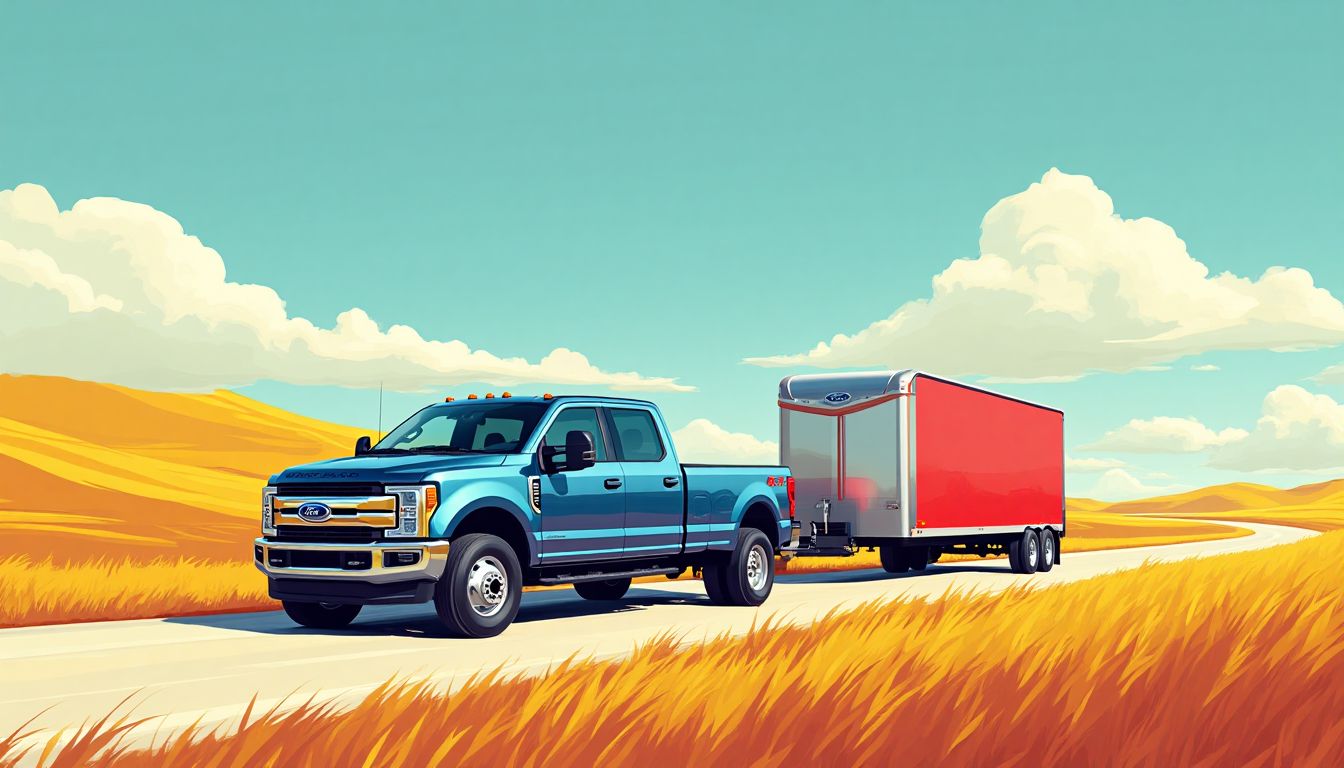
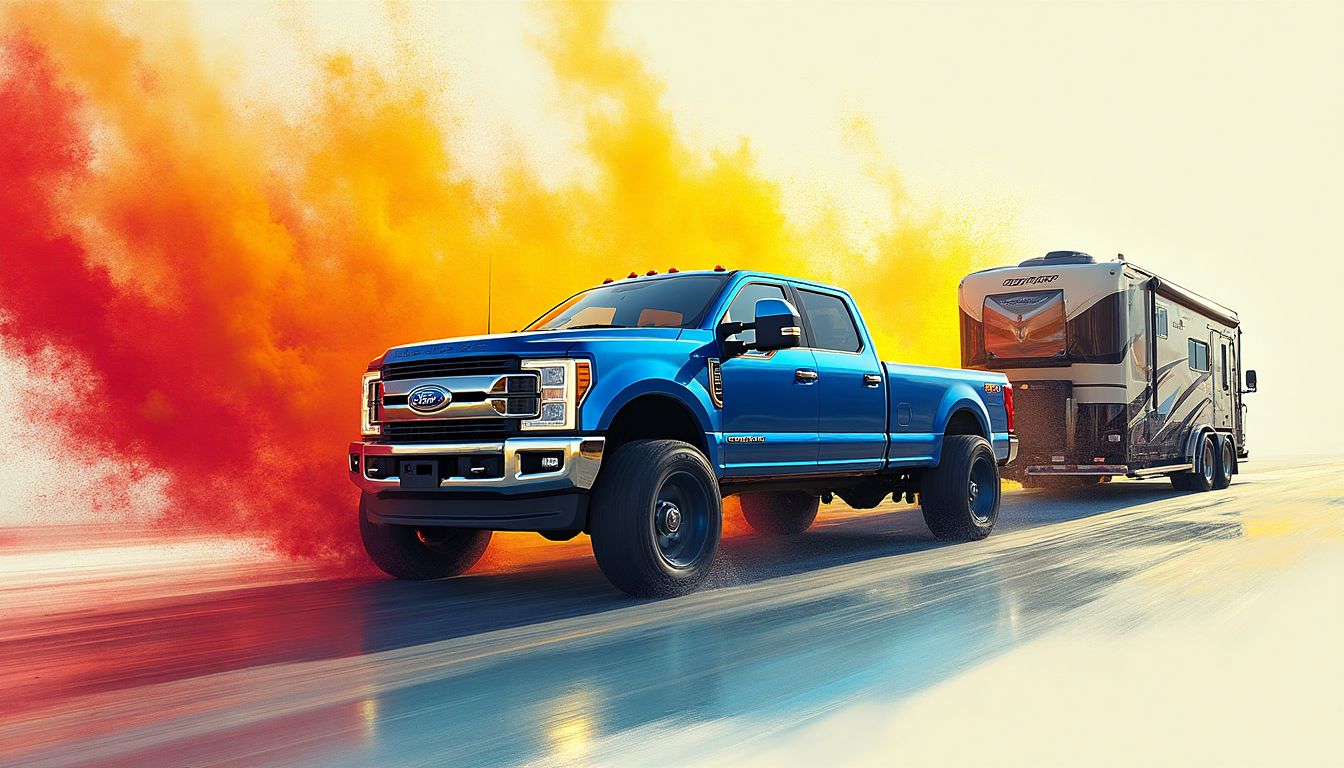
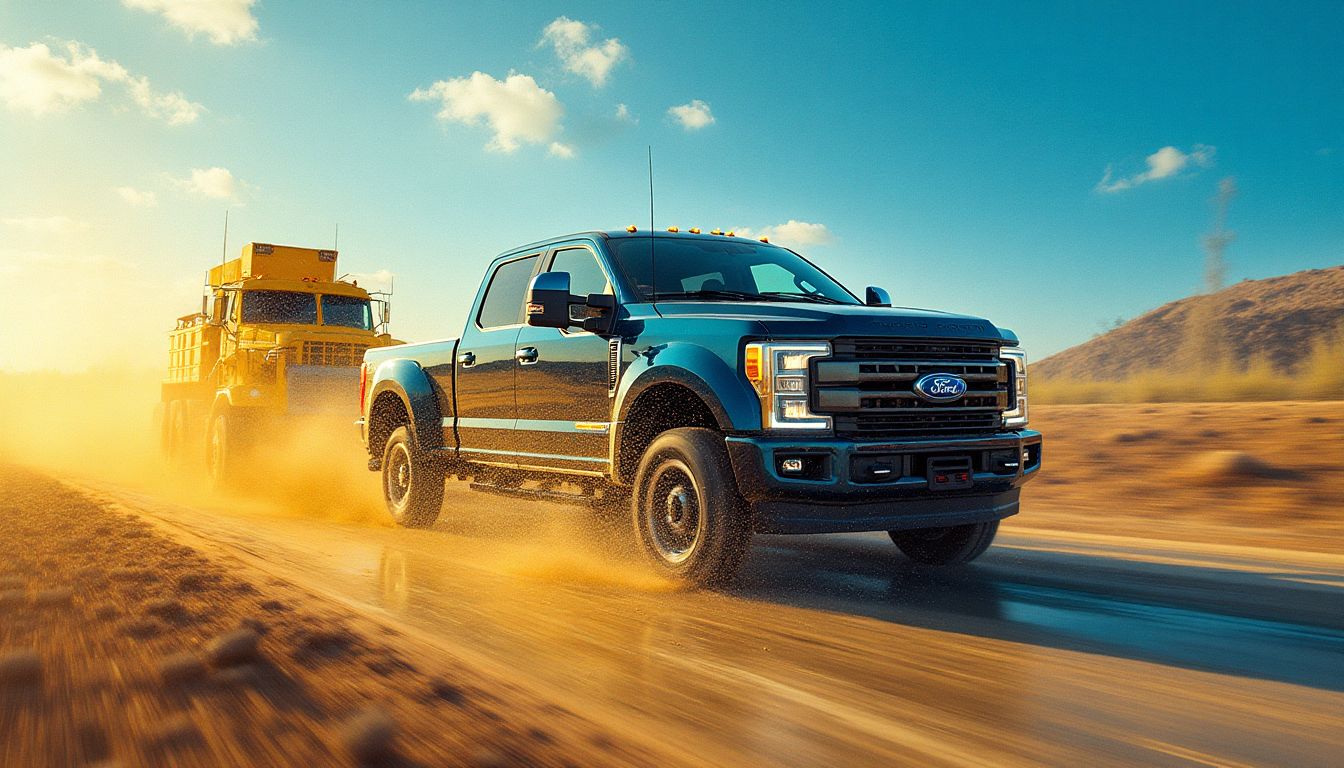




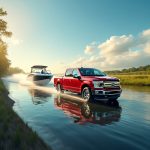


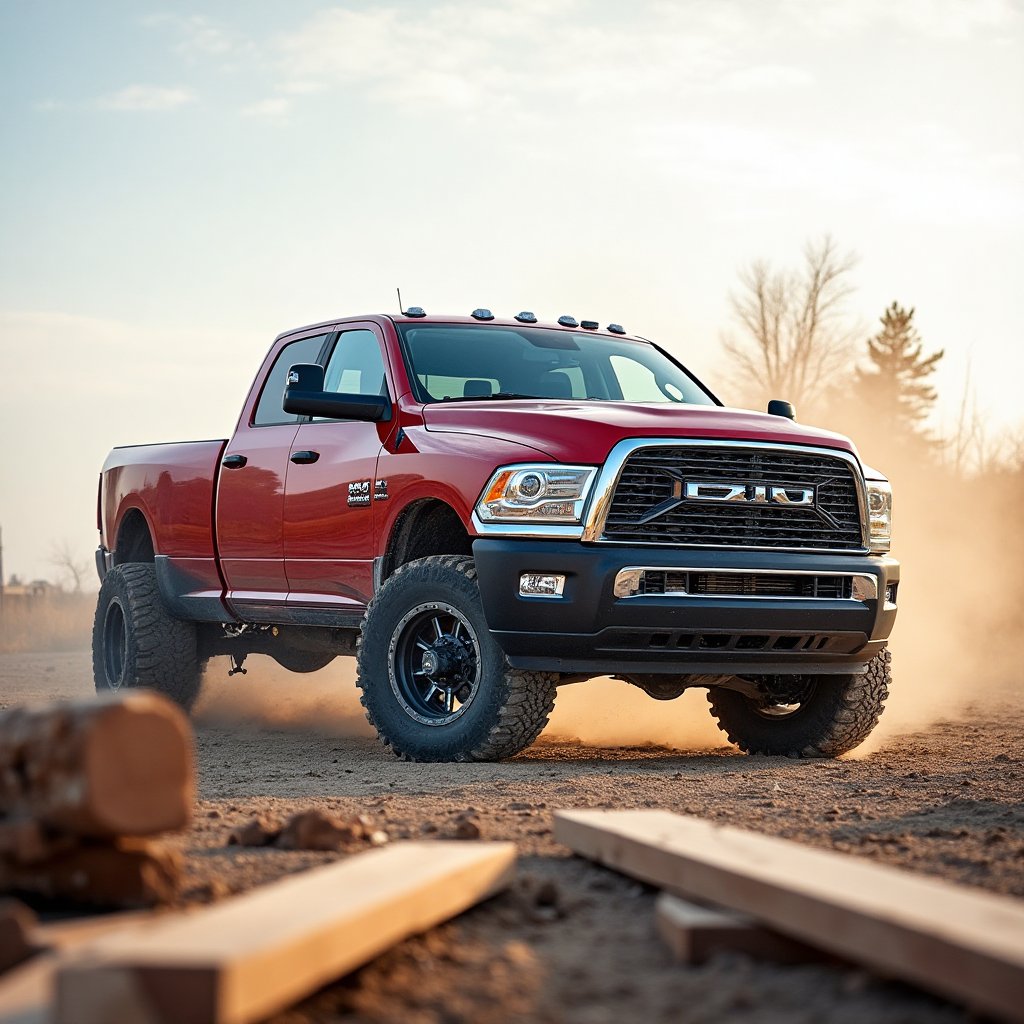
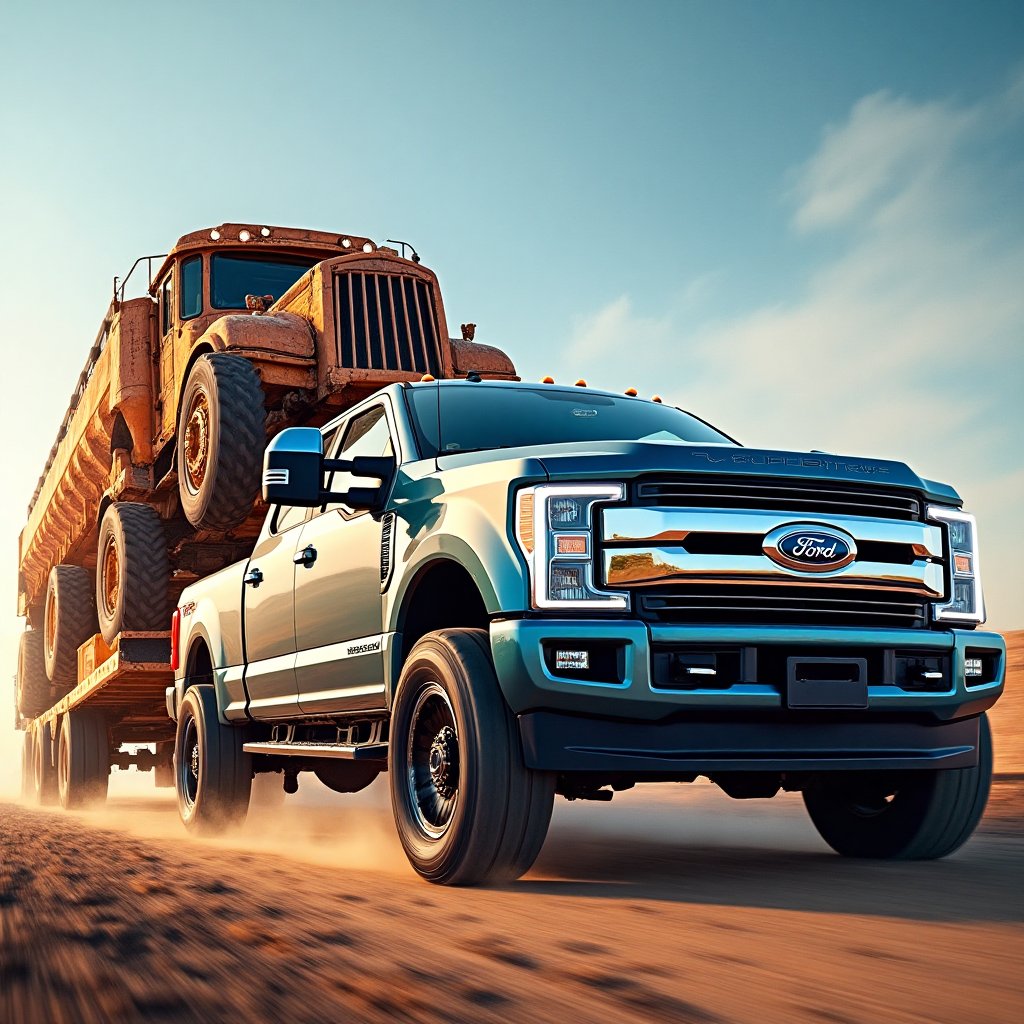
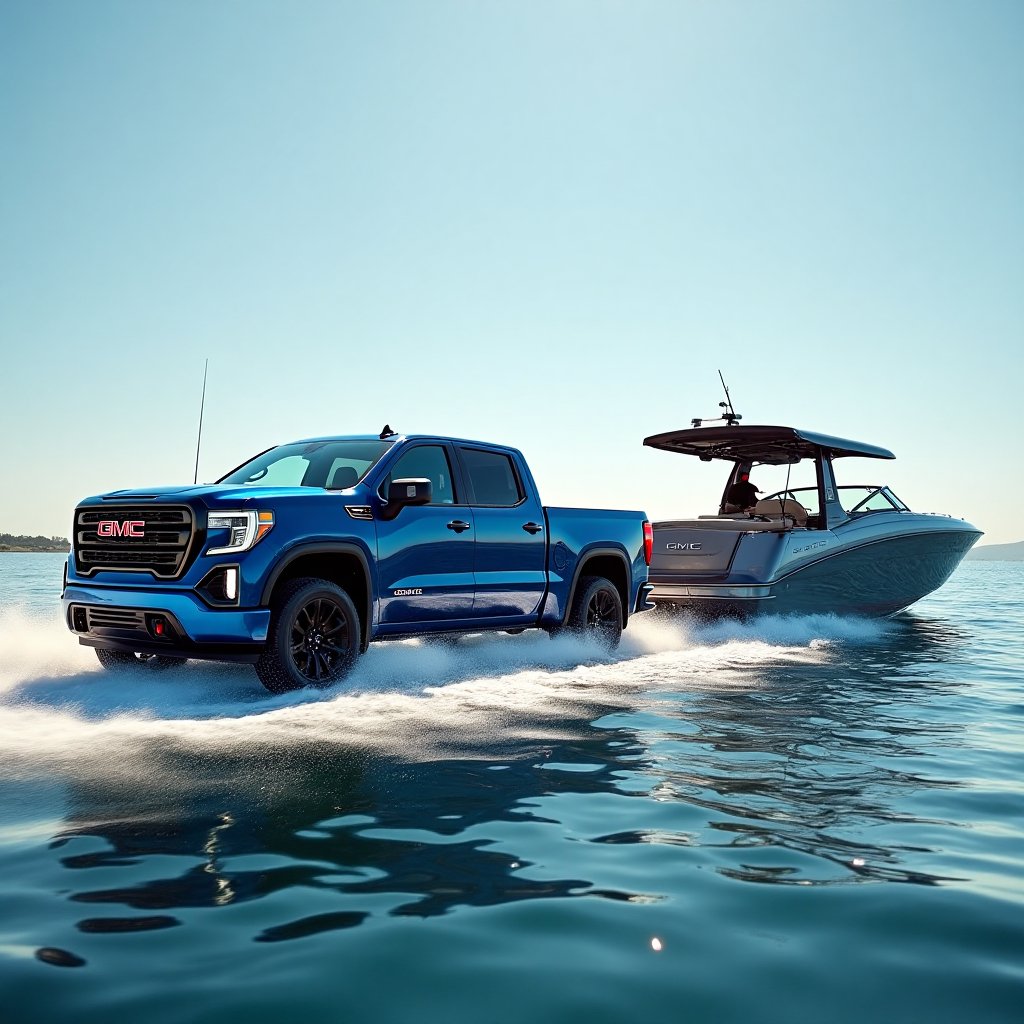















Post Comment
You must be logged in to post a comment.